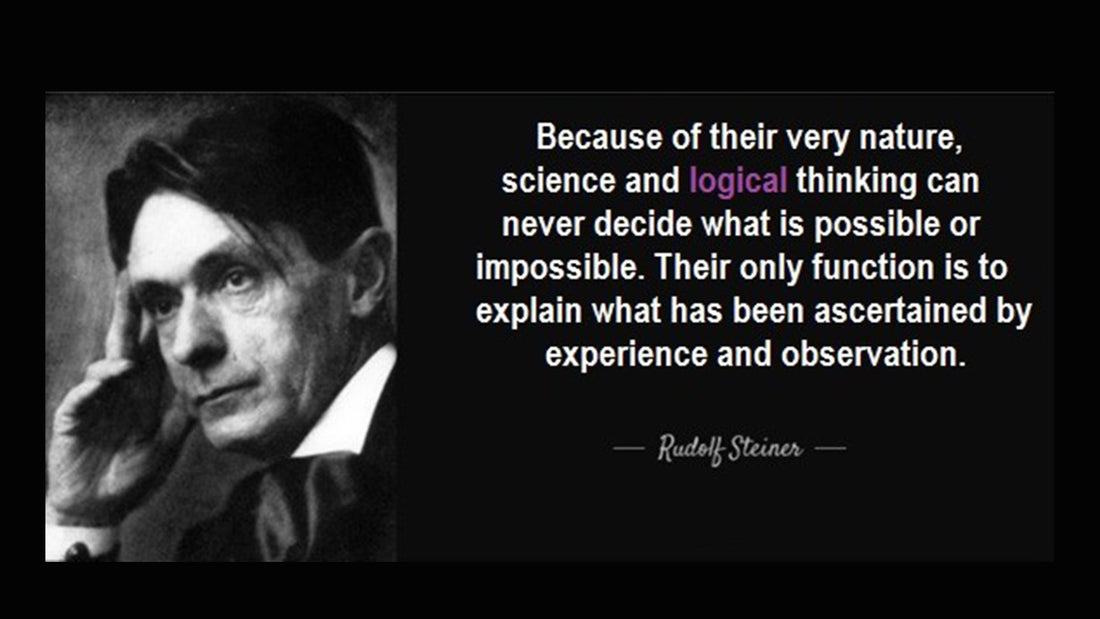Whether we are looking at the ideal ‘inbed’ patient environment or the impact of emerging technology at Phil-e-Slide we like to take a logical approach; to review what we’ve learned and to explore whether there can be improvements moving forward.
Reviewing inbed care and whether there is a better alternative, it is important for us to go ‘back to basics’ and revisit what happens when a patient moves/ being moved. As a result, areas we’ve been exploring include:
• The patient’s interface with their resting surface
• Stiction, friction, shear and distortion factors
• The triggers for tissue and cell distortion
• The processes which lead to pressure ulcer formations at different tissue levels
• The effect of the support and shape of a patient’s resting surface (i.e. mattress)
• Surface contours and the distortion factor on patients’ skin
• Distortion dissipation from the skin’s surface to the deeper tissue layers
• Microscopic cell distortion and death leading to skin integrity issues
• Synergetic interfaces
• Ways to move patients without carers needing to physically move them
• Ways to limit skin integrity issues such as stiction, friction, shear and distortion
• How to avoid tissue and cell distortion as well as prolonged pressure to various parts of the patient’s body.
• ‘Inbed’ care management needs from the patient, care-giver and budget-holder’s point of view.
Our development of the Biotechsis® range of products is ongoing. Our findings from our explorations will be shared in due course. However, science and technology advancements mean that already patients’ inbed needs are being met with multifunctional products, that provide interface synergy to maintain tissue integrity.





